|
Celebrate the halfway point between Spring and Summer with a May Festival.
We encourage families to recognize the passage of time and the seasonal rhythms through festival celebrations. Festivals provide an opportunity for your community to unite and share wonder, reverence and gratitude. May Festival celebrates the awakening of the earth, the lengthening of days, and the rebirth of nature around us. We celebrate this time of growth with joyous song and dance, playful games and a community picnic. Traditionally May Festivals are celebrated on May 1st, but we have always found that using the early weeks of May to prepare and then holding the festival later in the month works too. And if you're homeschooling, you can be as flexible as you like.
0 Comments
What is Candlemas?Did you know that Candlemas has been celebrated for centuries under different names? As with many festivals today, it has its roots in pagan culture. For example, today, we are more familiar with references to Groundhog Day as a way to mark the coming of spring. However, way before Groundhog Day, this marking of the year was referred to as Candlemas, part of the Christian tradition. But, of course, before the Christian tradition, this day was celebrated by the Celtic people and known as Imbolc, which celebrates Brigid, the Goddess of the Dawn.
Felted Artwork by Mimi Hirsch The Meaning of MartinmasThroughout the year, Waldorf Education celebrates festivals to connect with the cycle of nature, establish a yearly rhythm for the children, and strengthen the community. The Festival of Compassion (Martinmas) is celebrated around November 11, between Michaelmas - the Festival of Courage's fiery out-breath and the winter holidays' deep in-breath. Universally, it honours St. Martin's story, patron saint of beggars and outcasts, known for his gentleness and ability to bring warmth and light to those in need. He is best known for his kindness toward a poor beggar freezing outside. Martin used his sword to cut his cloak in two and gave one half to the beggar. This act of compassion, which gave the beggar warmth and hope, is why this festival is also called the Festival of Compassion. Waldorf Education celebrates this festival by making lanterns with the children and gathering for an evening Lantern Walk.
Anthroposophist, mystic, and teacher, Claudia McLaren Lainson explains the Holy Nights:
"In the darkness of Winter’s night, when the great breath of the Earth Mother finds its greatest point of inhalation, human beings are afforded the grace to touch into both magic and miracle. In the pause between her mighty in-breath and out-breath there is a still-point of rest. This still-point has long been known as the Holy Nights. In these blessed Nights, the angels circle the globe as if in a great cosmic dance. They long to speak to listening human hearts. Throughout the ages the ‘listening ones’ on earth have heard the angelic choir; they have received messages of Peace and Love. What is received during these sacred days and nights, resounds a thousand-fold in the year that follows. In this year before us, a great light is striving to find willing human hearts. May we each be the ‘listening ones’ during these Holy Nights. May we work with angels." Seasonal festivals serve to connect humanity with the rhythms of nature. For children, these festivals mark the seasons with joy and anticipation for preparing for these celebrations.
No matter what your faith, this is a guide to celebrating Advent. Advent takes place on the four Sundays that lead up to Christmas. Many people celebrate Advent and do not celebrate Christmas at all. The two need not be linked. Since Autumn began, there has been a steady diminishing of the sunlight in our lives. This yearly transition has been calling us to kindle the light within ourselves. We have talked about the Festival of Courage in September as a way to ignite a flame that brings courage into the coming darkness. We then discussed celebrating the Festival of Compassion or the Lantern Festival in November as a way to honour the light we have been carrying within us and how that expands and burns brighter in our communities.
What is Michaelmas?Michaelmas (pronounced Mi-kel-miss) was originally a Christian festival in Western Europe during the Middle Ages. It is the feast day of the archangel St. Michael, and is celebrated at the end of September and beginning of October each year.
“Celebrating festivals illuminates our life on earth with heavenly meaning and shows us the significance of our human existence in the universe. We human beings stand between the two worlds uniting them in ourselves. We are the crossing point where the upper circle representing the heavens flows into the lower one belonging to the earth.”
– Evelyn Frances Derry, Festivals and Seasons Throughout the year, we can celebrate festivals to connect us with the cycle of nature, establish a yearly rhythm for our children, and strengthen our community. |
BlogExplore schedules, rhythms & routines, songs, music, festivals, free play, meals, projects & more to support your homeschooling program.Categories
All
Archives
July 2024
|
You might be wondering... |
Visit us on Teachers Pay Teachers© COPYRIGHT 2020. ALL RIGHTS RESERVED
Serving your worldwide educational needs from Comox Valley, BC, Canada. |

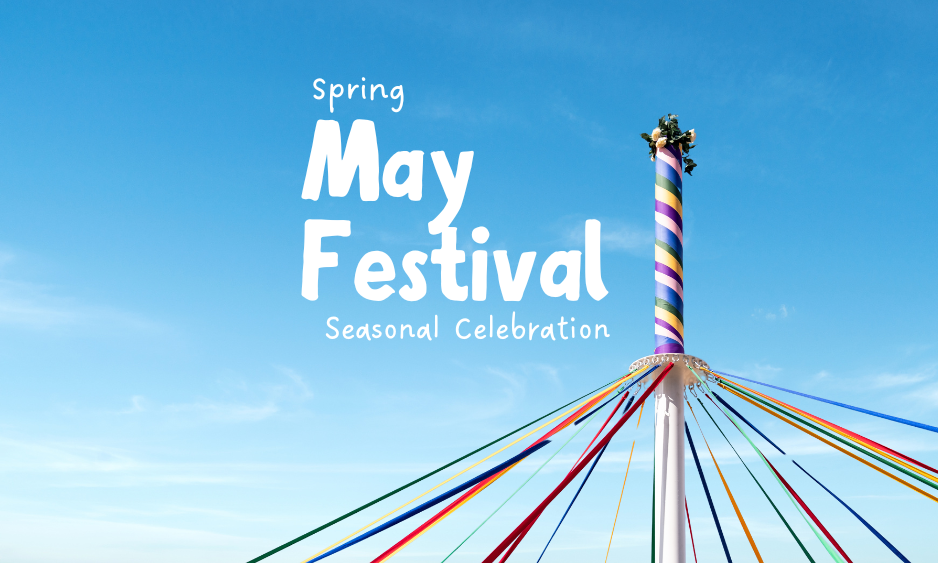
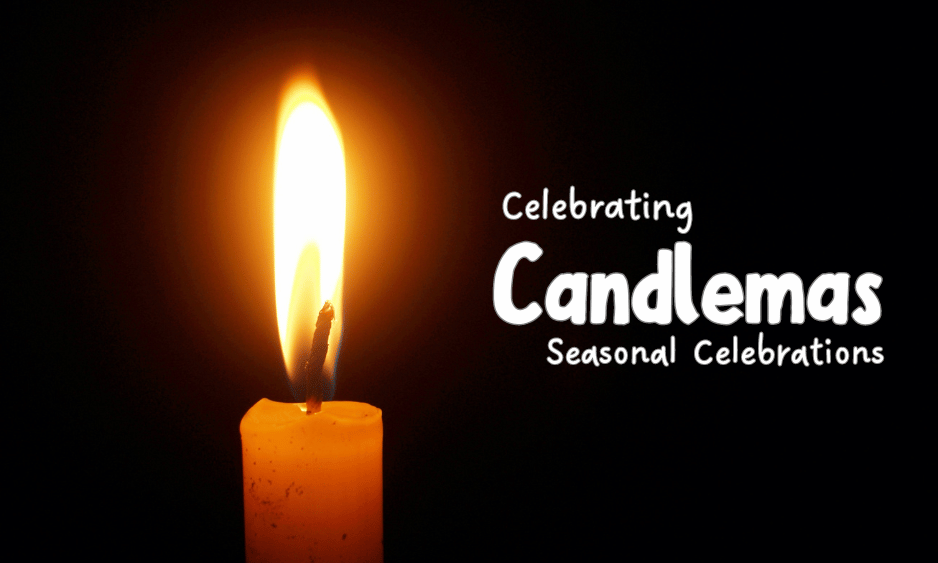
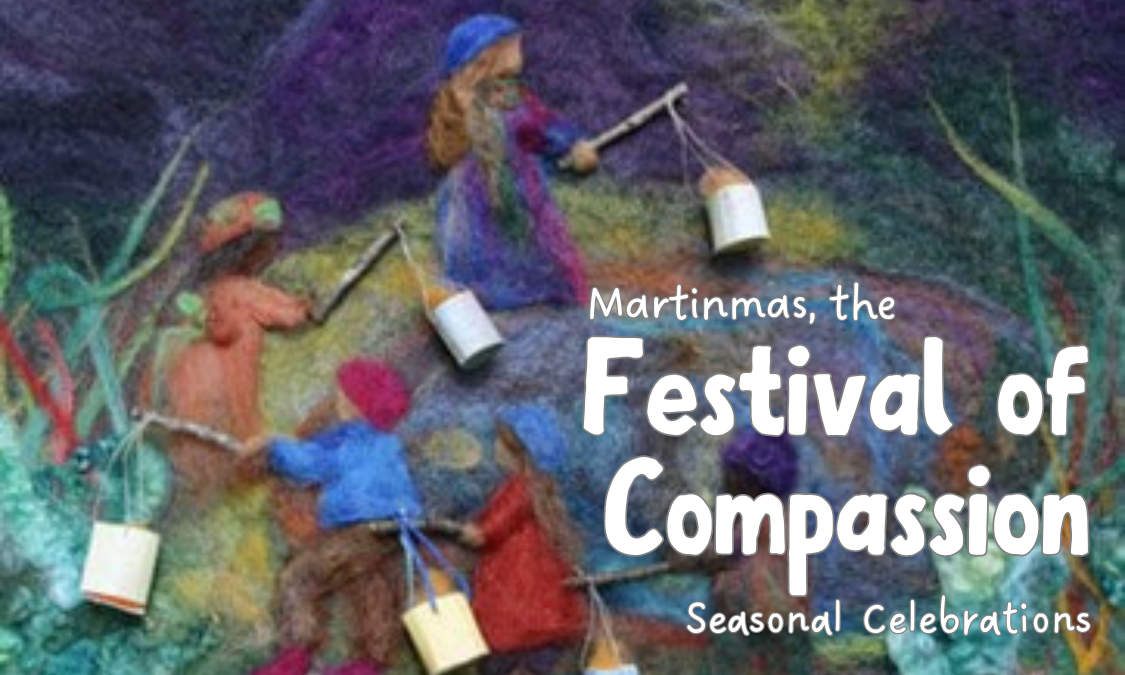
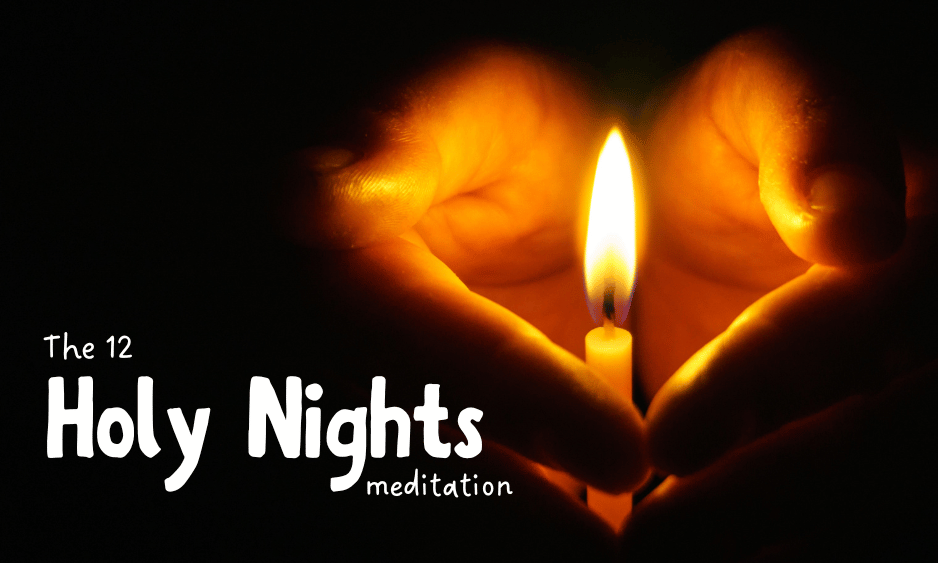
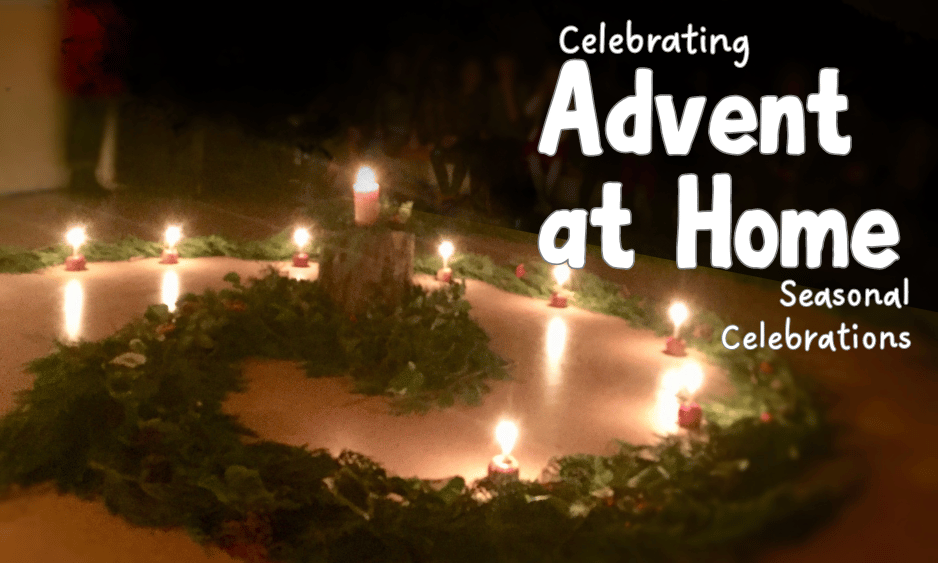
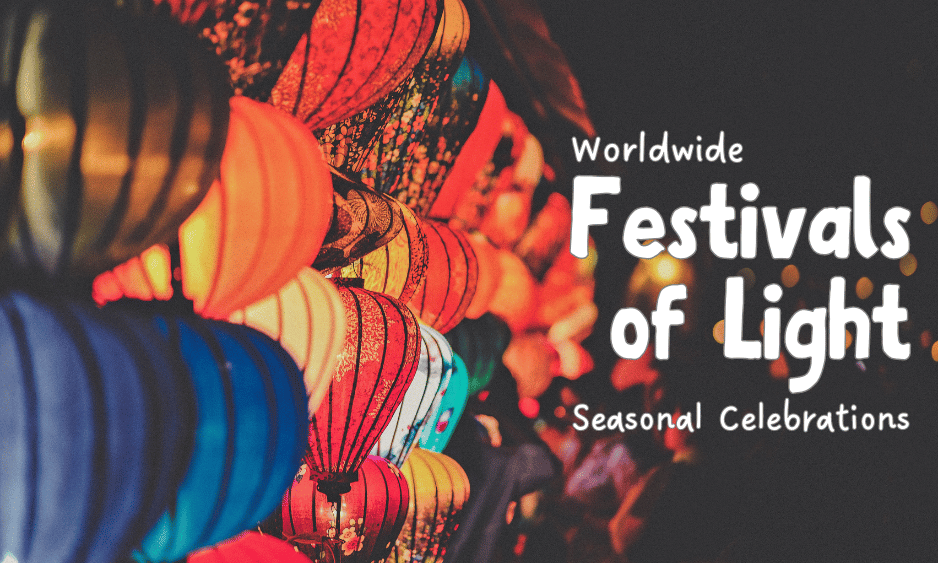
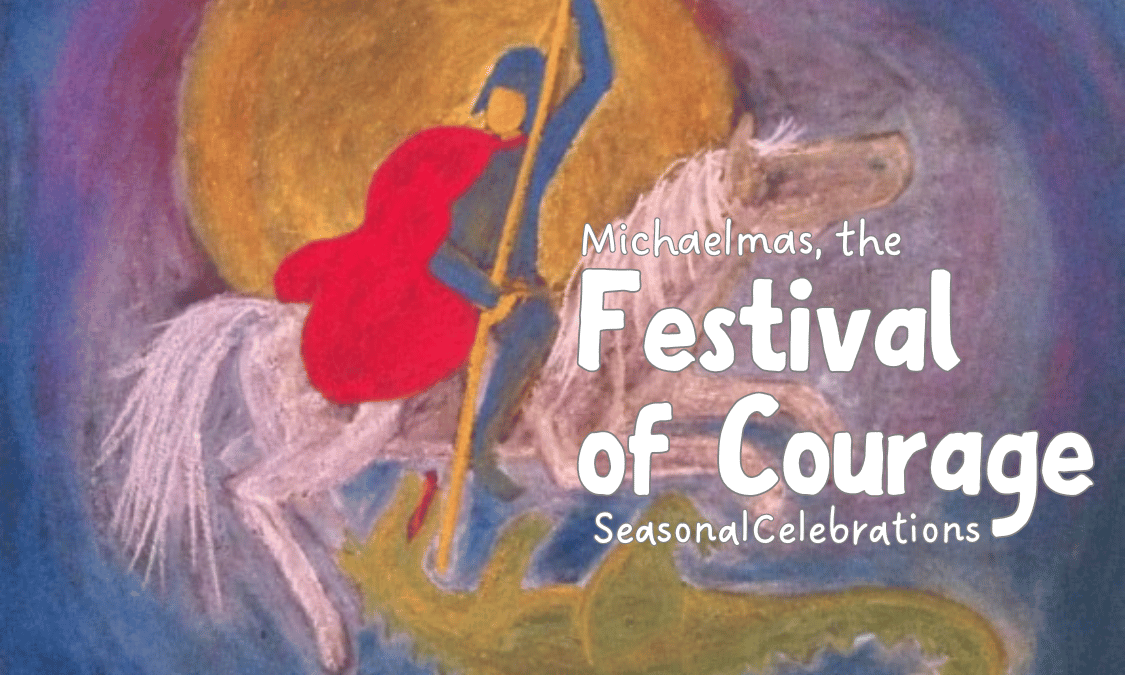
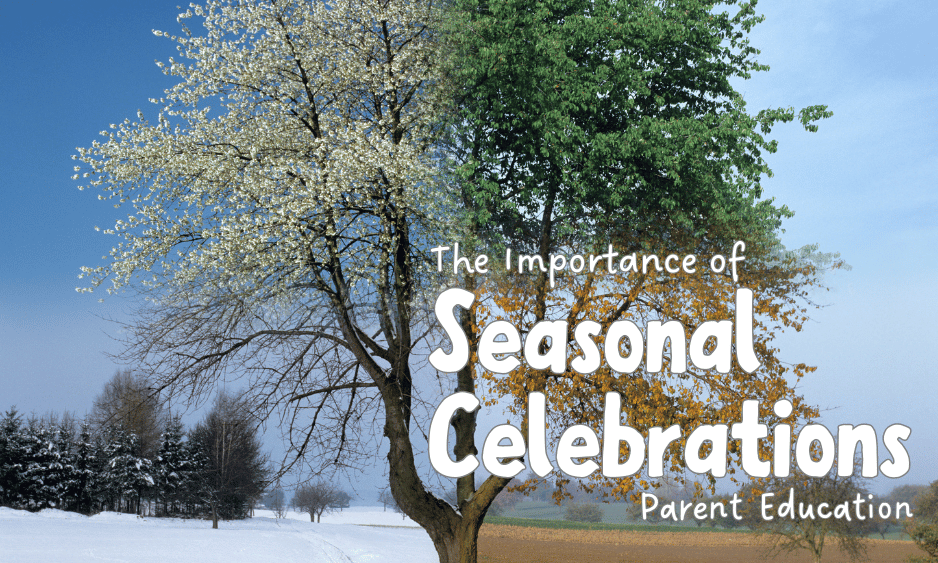
 RSS Feed
RSS Feed